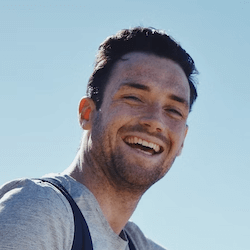1. Research: I like to begin by understanding the project's goals, target audience, and any existing pain points or challenges. This involves gathering data through user interviews, surveys, and market research. I also review any existing analytics or user feedback to identify areas for improvement.
2. Design: Once I have a solid understanding of the problem, I move on to creating user personas and user journey maps. This helps me visualize the user experience and identify any potential roadblocks. Next, I work on creating wireframes and mockups to represent the proposed user interface and its various elements.
3. Prototyping: In this stage, I transform the wireframes and mockups into a functional prototype, which allows me and the team to interact with the design and get a feel for how it works. This helps us identify any potential issues or areas for improvement before moving forward.
4. Testing: I then conduct usability tests with real users to gather feedback on the prototype. This may involve moderated or unmoderated testing, depending on the project's needs. Based on the feedback, I iteratively refine the design until it meets the users' needs and expectations.
5. Implementation: Finally, I collaborate with the development team to implement the final design. During this stage, I ensure that the design is accurately translated into the final product, and I continue to gather feedback and make adjustments as needed.










